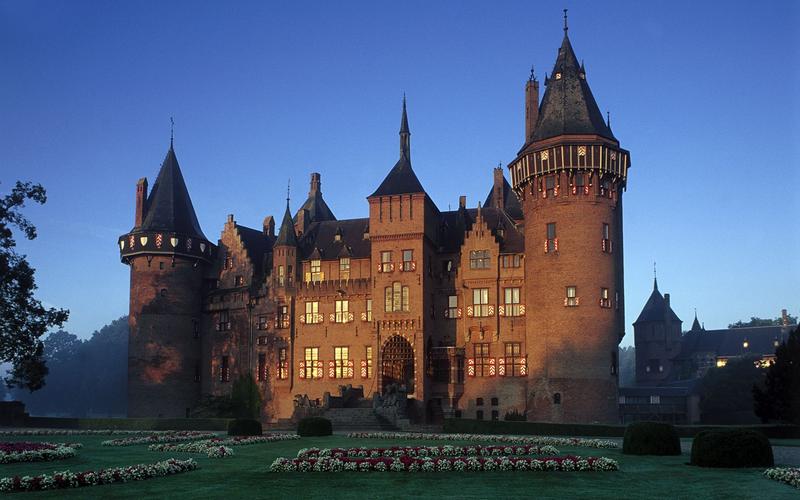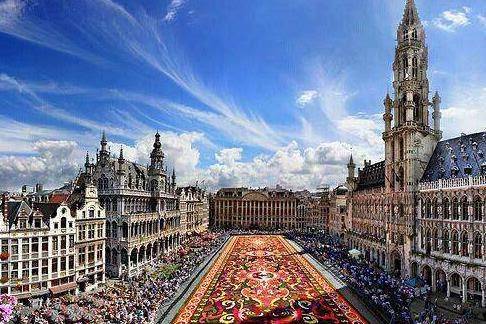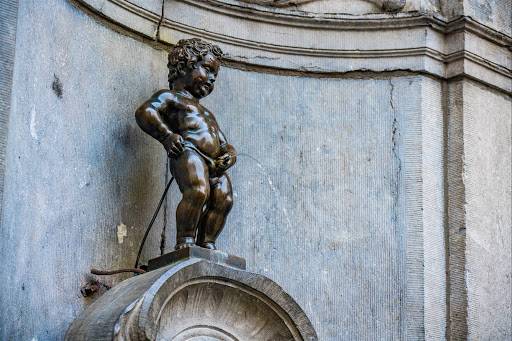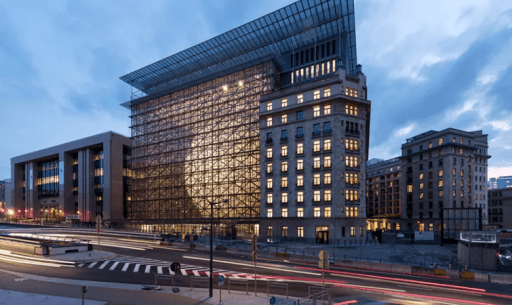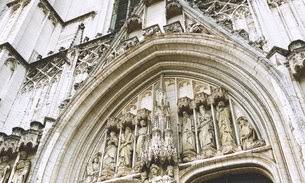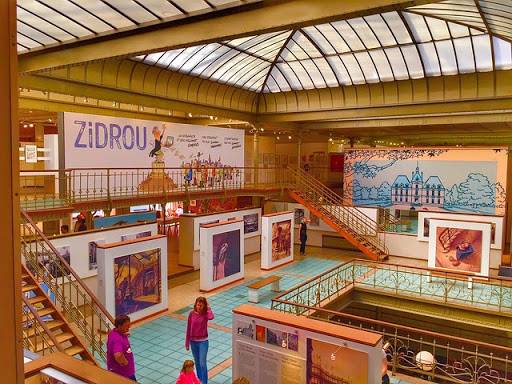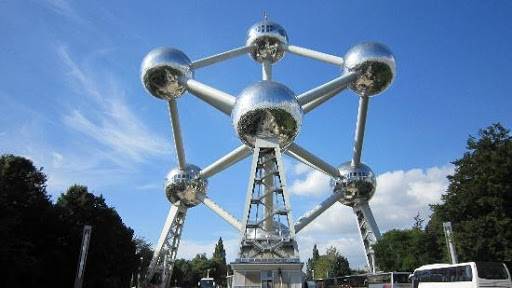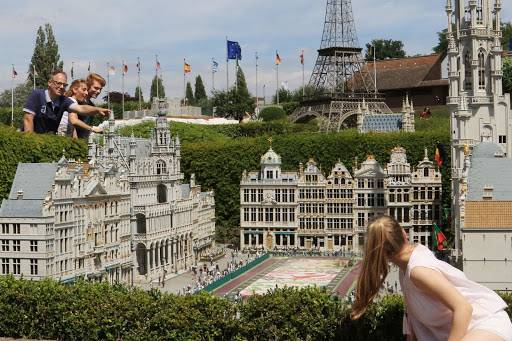The Grand Place is located in the city center of Brussels. It was first built in the 12th century and was included in the UNESCO World Heritage List in 1998. The square is circular and is surrounded by towering Gothic buildings, most of which are adorned with golden decorations, making them quite dazzling in the sunlight. Today, the square is still highly regarded by the Brussels royal family, with members of the royal family conducting solemn sacrificial ceremonies led by the king every year. The square is surrounded by numerous shops, with various bars and chocolate shops meticulously arranged, attracting a continuous stream of visitors. Opening hours: All day; Admission: Free
Manneken Pis
Manneken Pis, whose real name is Julien, is a legendary figure well-known in Belgian folklore. According to legend, in ancient times, Julien was awakened by the need to urinate in the middle of the night. When he went outside to relieve himself, he accidentally discovered invaders planting explosives around the city with the intention of destroying it. Thinking quickly, Julien extinguished the fuse with his urine, saving the entire city from disaster. The statue now placed in Brussels was sculpted by Belgian artist Jérôme Duquesnoy in 1619, making it over 400 years old and a true 'old child.' (The attraction is located at a street corner, and due to the large number of tourists, most people can only take photos and cannot stay for long.)
New EU Headquarters Building
The new EU headquarters building is named the Berlaymont Building. It is owned by the Belgian government and has been leased by the EU since its completion in 1967. For over 30 years, countless important EU meetings and work have taken place here. In 1991, the Berlaymont Building was once again renovated by the Belgian government, receiving updates and repairs. It is estimated that at least three thousand EU personnel work here daily.
Cathedral of St. Michael and St. Gudula
The construction of the Cathedral of St. Michael and St. Gudula, which began in 1017, was not smooth. This grand religious building, which combines Romanesque and Gothic styles, took craftsmen more than 60 years to complete, and it was not officially finished until 1080. Viewed from above, the entire church is in the shape of a standard cross. It is said that when the site was initially chosen, the designer felt that the mountaintop was too steep for construction. Therefore, several buildings were first built along the slope before the cathedral, allowing the Cathedral of St. Michael and St. Gudula to achieve the effect of 'walking on flat ground.' The interior decoration of the nave remains primarily Romanesque, with seven spans in the dome. From the platform in front of the door, one can see the vast ocean.
The Belgian Comic Strip Center is located in a former store named Waucquez in the commercial district of Brussels. It houses a collection that covers almost all fields of comic art. The most famous among them are the Smurfs, Tintin, and Snowy. This richly stocked building chronicles the rise and prosperity of Belgian comic art. The art center also provides introduction texts in different languages for visitors from various countries to ensure that every guest leaves satisfied. To enhance the fun of the visit, the center has placed some cartoon statues or toys on various floors for visitors to take photos and enjoy.
It is said that the Atomium in Brussels has two meanings: one is to express people's sincere longing for the development of atomic energy, and the other is that the European Community is composed of nine countries, and Belgium is composed of nine provinces. Therefore, the Atomium also symbolizes the unity of the Belgian people and the European people. Through the elevator, visitors can freely move between the nine spheres and overlook the surrounding scenery. There is also a large-capacity restaurant on the tower where visitors can dine and rest.
Mini-Europe is located in the northern park of Brussels, just south of Belgium's most famous landmark, the Atomium. Mini-Europe covers an area of 250,000 square meters and features models of iconic buildings from almost all European countries, all cast at a 1:25 scale and displayed outdoors. To facilitate visitors' understanding, the attraction provides informational texts in different languages, ensuring that every visitor can appreciate the works before them. The park also offers some paid activities and interactive devices for visitors to use, combining education with entertainment.
